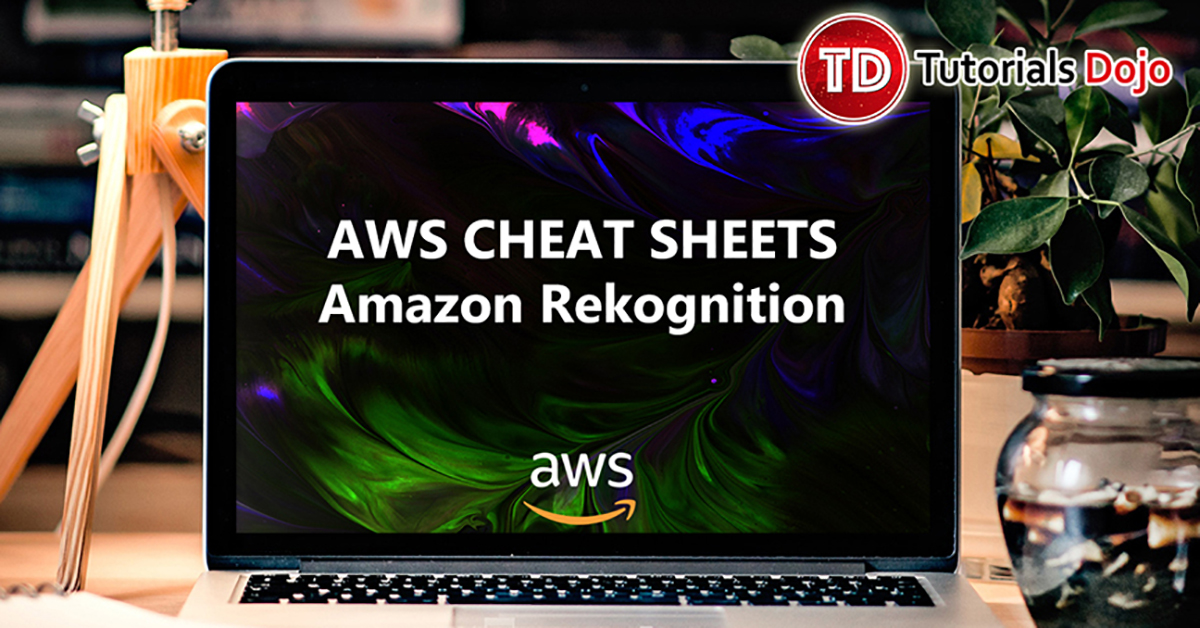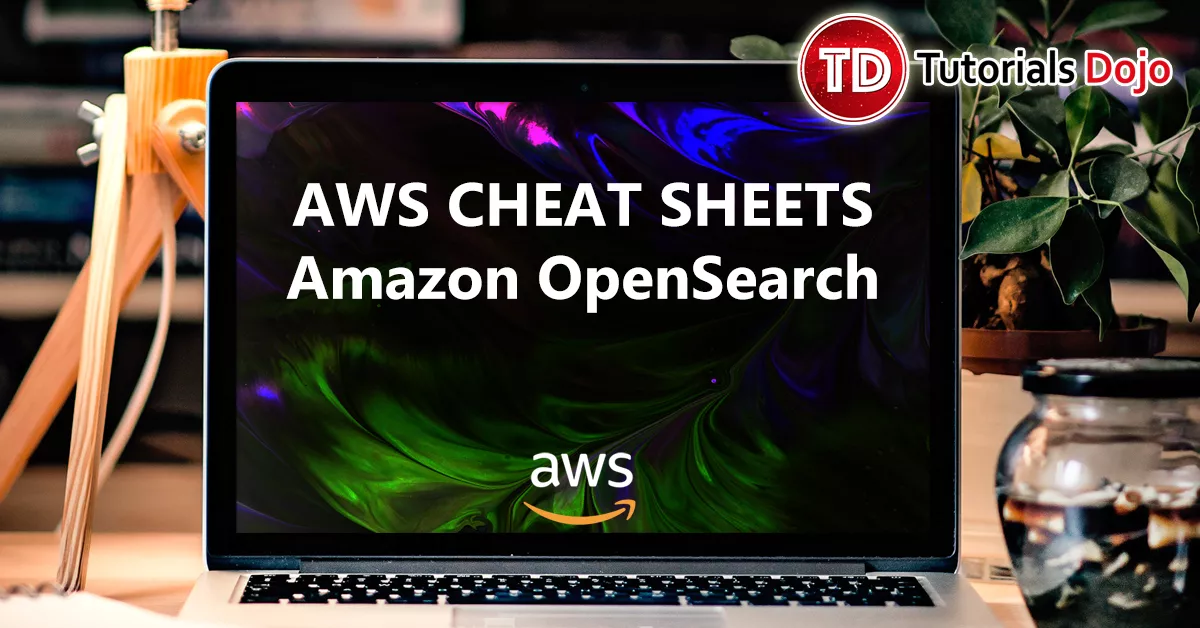AWS Database Migration Service
Jon Bonso2024-11-14T09:21:41+00:00Bookmarks AWS Schema Conversion Tool (SCT) Basic Schema Copy Pricing AWS Database Migration Service Cheat Sheet AWS Database Migration Service supports homogeneous migrations such as Oracle to Oracle, as well as heterogeneous migrations between different database platforms, such as Oracle or Microsoft SQL Server to Amazon Aurora. You can use Database Migration Service for one-time data migration into RDS and EC2-based databases. You can also continuously replicate your data with high availability (enable multi-AZ) and consolidate databases into a petabyte-scale data warehouse by streaming data to Amazon Redshift and Amazon S3. Continuous replication can [...]










